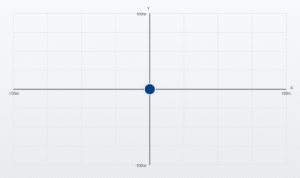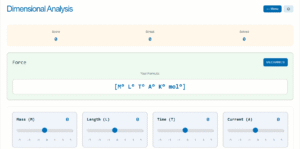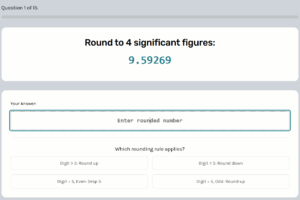Vertical Throw with Free Fall Simulation
Explore the physics of vertical motion by observing how initial velocity and height affect a ball's trajectory under gravity's influence.
Understanding Vertical Throw with Free Fall
This Vertical Throw with Free Fall Simulation demonstrates fundamental physics principles of projectile motion in one dimension. When an object is thrown vertically upward, it experiences constant downward acceleration due to gravity (9.8 m/s²). The motion follows the kinematic equation: h(t) = h₀ + ut - ½gt², where h₀ is initial height, u is initial velocity, g is gravitational acceleration, and t is time. Students can observe how changing initial conditions affects maximum height, flight time, and velocity throughout the motion, making this an excellent educational tool for understanding free fall physics and energy conservation principles.



